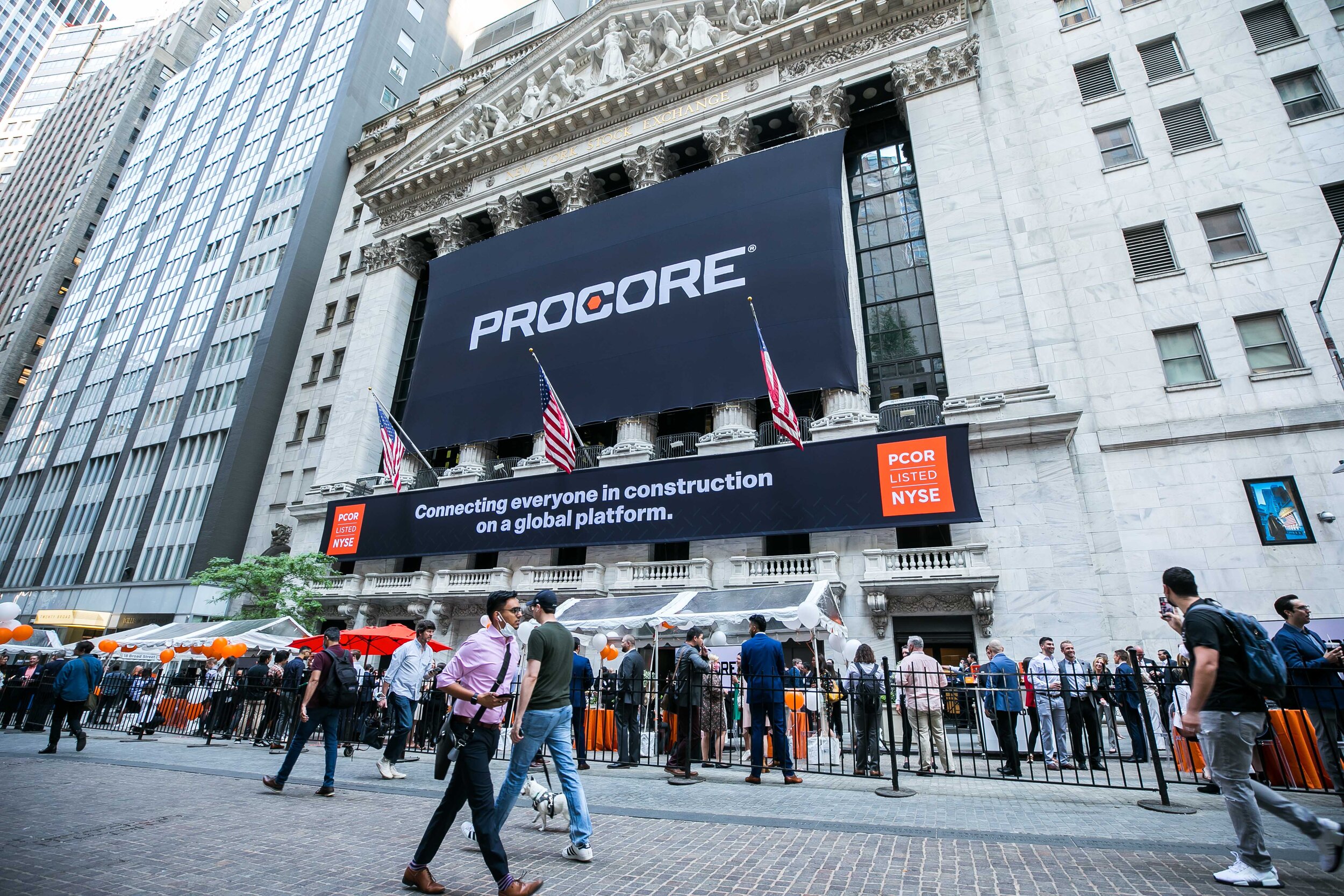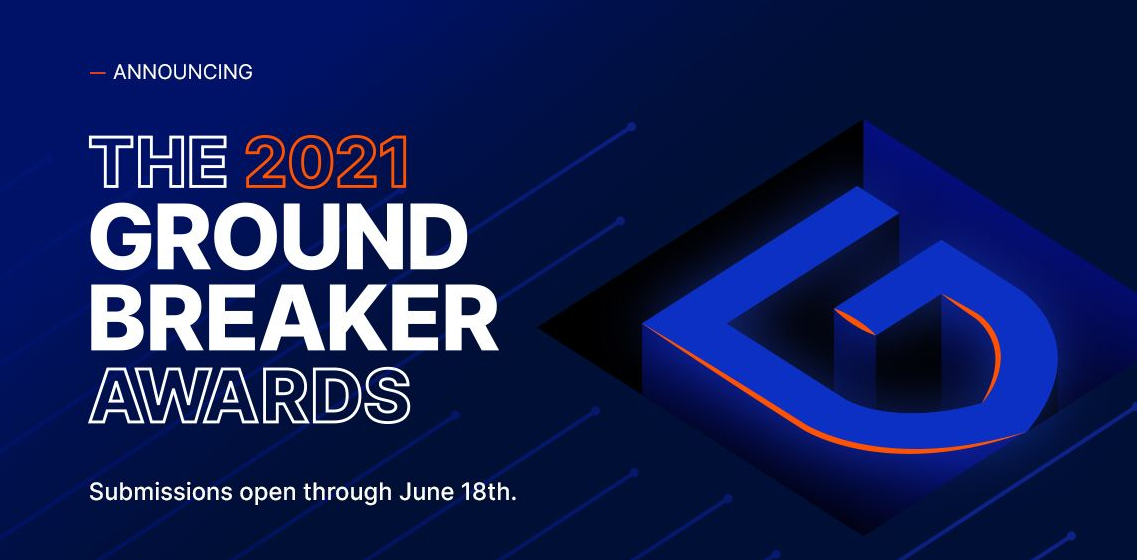via STACK Construction Technologies
The following is a guest post written by Andy Grider, the Digital Marketing Manager for STACK Construction Technologies. The original article can be found at stackct.com/blog/the-contractors-guide-to-google-ads/
Let’s face it… contractors usually aren’t the best when it comes to marketing their business online. Creating a nice-looking website and promoting your business can feel daunting, especially if it’s not your forte!
Setting up your company’s online presence is a lot of work! First, you have a create an attractive website that conveys the services you offer and showcases your work. You probably also want to setup a Facebook page and Instagram account for your business. Oh, and then you need to post regularly to these social channels and keep your website updated. Fun stuff when you’ve got a lot on your plate already just trying to finish your current job and get to the others in your queue!
The good news is that by just doing the basics, your business will stand out ahead of your competition and help you win more work! One additional way to stand out is to invest in Google Ads (formerly called Google Adwords).
At STACK, we use Google ads to highlight our business to general contractors, subcontractors, suppliers and building product manufacturers looking for preconstruction software, takeoff software, and estimating software.
In case you’re not familiar with Google Ads, here’s a few basics:
What are Google Ads?
Google Ads are the text ads that show up at the top and bottom of Google search results pages.
How much do Google Ads cost?
With Google Ads, you typically pay every time someone clicks on your ads. The Cost-per-click (CPC) can range from $.01/click to $10/click or even more. Your final CPC depends on a few factors including how much you bid on them, your relevancy and how many others are bidding on those same keywords.
How do I get started?
Simply visit Google Ads to setup your account. You’ll need to provide some basic information about your contractor business and supply a credit card to pay for your advertising costs.
Getting started with Google Ads
Now let’s dig a little deeper into a few important concepts that contractors should understand to get started…
Keywords and Keyphrases
When setting up your Google Ads account, you’ll choose when your ad shows up on the search engine results pages (SERPs) by selecting keywords relevant to your business.
As an example, if you are a painting contractor, you may want your ad to appear when someone searches for things like painting contractor, commercial painting, office building painting, painting subcontractor, painting business, painting contractor, etc. The more the keywords relate to the services you offer, the better results you’ll see.
Targeting
Google Ads offers many different ways contractors can target their ads including by age, gender, household income and location. Based on one of those criteria, you can include or exclude showing your ad or increase/decrease your bid amount.
One targeting criteria that is critical for contractors to use is location. Location targeting is important so that your ad will only appear in areas where you do work. For example, if you only do work within a 50-mile radius of Los Angeles, you can set your targeting to that area so you don’t show ads to people elsewhere. By making sure your location targeting is correct, you won’t waste your advertising dollars showing your ads to those outside your target area.
Bids
Your bid is the maximum amount you’re willing to pay when someone clicks on your ad. One useful thing about Google Ads is that you can set different bids for each keyword based on how valuable it is. The more targeted the keyword, the more you should be willing to bid.
For example, if you’re a painting contractor in Los Angeles, you might want to bid more for a search like “Los Angeles office building painting contractor” than for a search of “painter to paint my bedroom”. The first search is more targeted and would be a much larger job than the second search. Therefore, you should bid more on a keyword like this.
Quality Score
Your “Quality Score” is a measure of how relevant Google thinks your website and ad are to the keywords you’re bidding on. The more relevant you are, the higher the quality score Google will give you.
Using our painting contractor in Los Angeles example, the Quality Score will be higher for a search of “Los Angeles painting contractor” than “San Francisco painting contractor”.
Your quality score is important because it along with the amount you bid determine the position of your ad on the SERPs, whether your ad will show up at all, and how much a click will cost you.
Budget
The good news is that Google Ads gives contractors a lot of control over budget right from within your Google Ads account. Your daily budget can be as low as $1/day up to $10,000/day or even more.
As with any advertising, it’s best to start off with a small test to see how it performs and then ramp up your ad spend once you’ve proven it’s driving business your way. The other thing to note is that you can change your budget or pause your advertising altogether as often as you like so you don’t have to commit to anything long-term.
Text Ads
Unlike most other forms of advertising, your Google Ad won’t include any graphics, photos or your logo to help convey your services. You’ll have to let the searcher know what you do and why they should hire you all in just a few words.
Think about how your company differentiates itself from the competition and highlight that in your text ad. Do you offer the lowest price? Are you the top-rated? Most-trusted? Do you specialize in large commercial jobs? Is no job too small? Include anything that helps your business stand above the competition and highlight your unique positioning.
Also, be sure to customize your ad for each set of keywords. For example, if your company does painting and hangs drywall, you should create 2 separate ads that highlight these services. If someone searches for something painting related, show them the painting text ad. Conversely, if they search for a drywall contractor, show them the drywall text ad.
Landing Pages
Your landing page is the page on your website where searchers are directed when they click on your ad. A few things to keep in mind about your landing page:
✓ Make it relevant – Ensure your landing page is relevant to what the user searched for. Using our example above, if the user searches for a drywall contractor, your landing page needs to be all about your drywall services. Landing page relevancy is a key factor in your Google Quality Score.
✓ Include a call-to-action – What do you want the searcher to do once they come to your landing page? Give you a call? Schedule a meeting? Fill out a contact us form? Make it easy for them to take that action.
Tracking Conversions
As a contractor, you’ll want to see how effective your Google Ads are performing. Google offers both pixel tracking and call tracking to help you measure how many people give you a call or take another action such as fill out a form or schedule a meeting. For more detailed information on this topic, read Google’s article Different ways to track conversions.
Ready, Set, Go!
Now that you know some of the basics, you’re ready to get started. Head over to ads.google.com to create your account. Google ads has a step-by-step guide to get you up and running quickly. They also provide additional help documentation when questions arise.
Not sure if you want to do it yourself? Reach out to a local marketing agency or digital advertising consultant and have them setup and manage your account. You’ll pay extra for their service but their expertise can be invaluable.
After your Google Ads are active...
Once you have your Google Ads account setup and running, you’ll want to monitor your performance. Are people clicking on your ads? Once they do, are they getting in touch with you and requesting a quote? Google provides reporting that will provide you this information and a whole lot more.
After your ads have run for a while, you’ll start to notice some keywords performing better than others. When you see this, you can bid less or pause the keywords and ads that are doing poorly and increase the bids on those that are performing well.
Moving forward, you can also add new keywords and text ads to test out. Look at adding more keywords that are similar to those that are already performing well for you.











